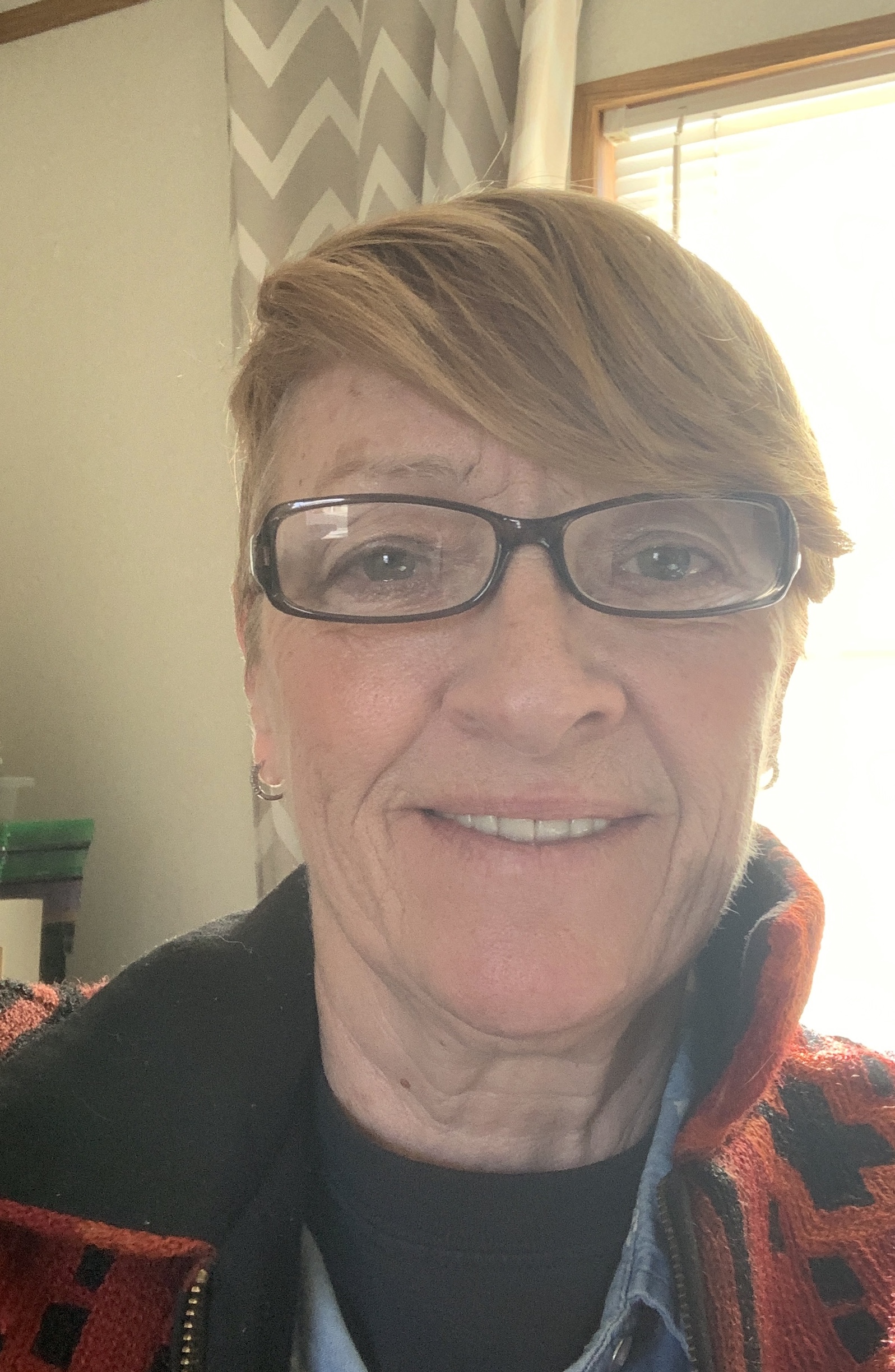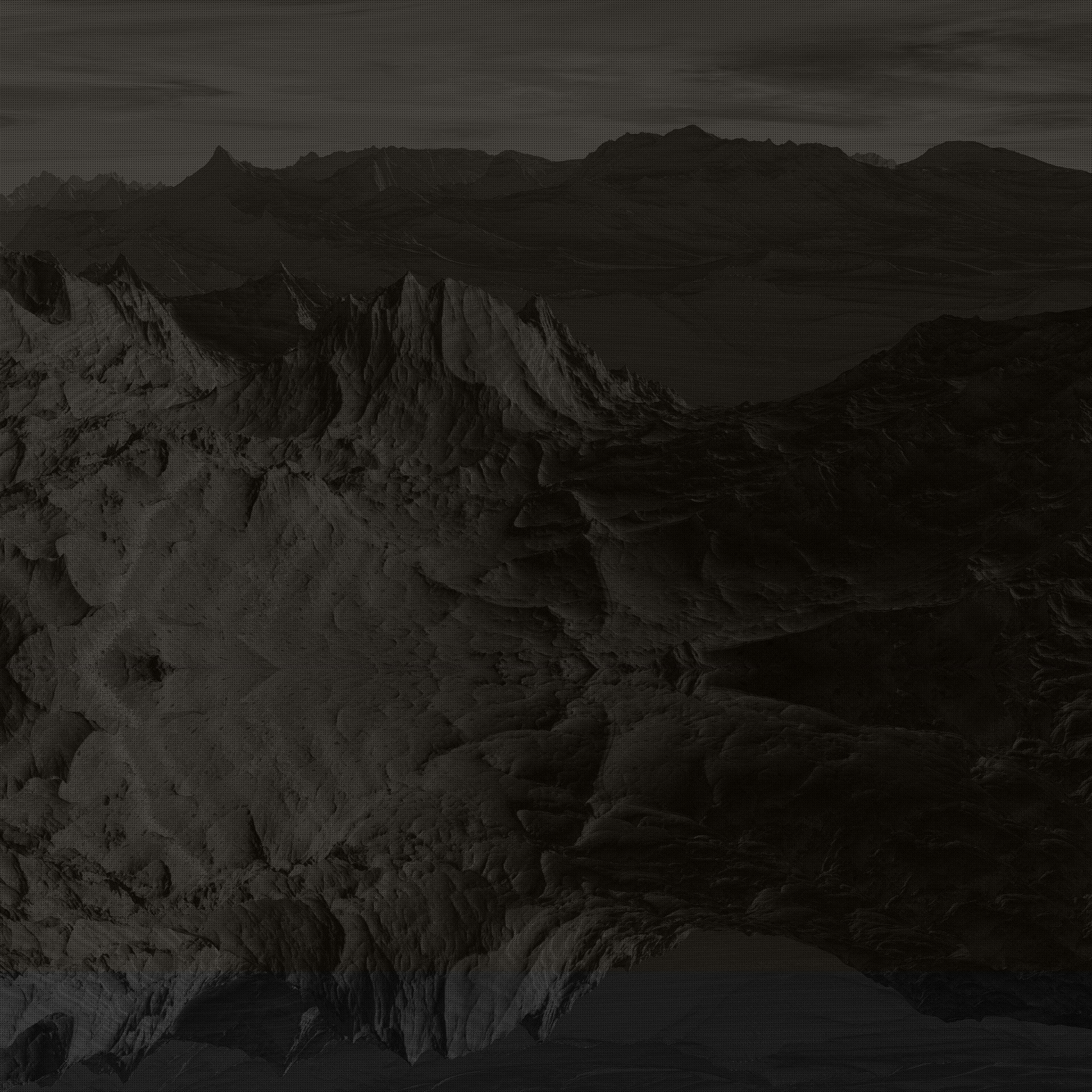Ted Turner Reserves: A North American Safari
- Sheil Seclearr

- Jul 19, 2023
- 9 min read
Updated: Nov 1, 2023
Here's a link to the travel review by Judith Hennessey that was published in the St. Louis Post Dispatch Travel section on Sunday, July 16, 2023.
Yes, you have to subscribe to read online, but $1 for six months is a great deal!
Here are some favorite photos from Vermejo, the northern New Mexico property. Below, please enjoy the original article in full.

That's a mighty close view of Mr. Bear for me! We loved every moment of this trip.
Vermejo Park Ranch
40 miles West Hwy 555
Raton, NM 87740
See website for
seasonal specials and more information:
Nearest International airports:
Denver International Airport (DEN)
Colorado Springs (COS)
Albuquerque (ABQ)
Rates: $1,500 double occupancy, includes all meals and guided activities
A NORTH AMERICAN SAFARI
by Judith Hennessey
Part 1 – The Herd
I have dreamed of going on Safari since I was a young girl. I got this notion from my father, who had gone to Africa several times and showed me pictures of wild animals. It was beautiful to see them in their natural habitat, not a zoo. But a trip to Africa was expensive. I tried to find a special occasion to rationalize such an extravagant adventure: our honeymoon, my 40th birthday, a milestone anniversary. It was always too much of a stretch, for money and time spent. When Covid hit, I thought I’d never get to experience a Safari. Miraculously, I was wrong.
I saw a picture of Vermejo, a Ted Turner Reserve property in Northern New Mexico in a magazine: an enormous stone mansion in an alpine setting. At that time it appeared to be mostly a hunting and fishing lodge. I was not a hunter, so it wasn’t a good fit. Still, Vermejo would pop back in my mind, every time I longed for a vacation far from the city and crowds. And yes, far away from the disease du jour. This past spring I re-visited the Vermejo website and was stunned to see pictures of elk, deer and herds of bison grazing. There were antelope running wild and free. It looked like Africa but in North America. I got so excited I immediately reached for my phone.
A Vermejo “Ambassador” patiently answered my endless questions. Did they have “game drives”? Yes they did. Were they guided? Of course. The Reserve is 550,000 acres, roughly the size of Rhode Island and bigger than most National Parks. I had seen animals in those parks, along with thousands of people lined up in cars on the side of the road. Vermejo at full capacity has 60 guests. I was beyond thrilled. This was the adventure I was looking for and I didn’t even need a passport or an international flight. I booked a room and called my friend and fellow nature lover, Astrid, to see if she and her husband Bob wanted to join us. It was a quick sell.
Nothing could prepare us for the physical size and boundless beauty of Vermejo. With 2,000 miles of drivable roads, one finally lead to Headquarters where we would stay. Inside the gates, that surreal picture in the magazine became reality. Truly breathtaking turn-of the century mansions rest in a valley surrounded by mountains dusted with late spring snow. My husband Tim and I shook our heads, wondering who could have built such a place and grateful that Ted Turner Reserve rescued it from developers.
One can explore this vast space via horse, bike, hike, or in a UTV or luxury truck for longer journeys. I had chosen all the above, the first being a horseback ride scheduled for arrival. Rain threatened but we mounted our steeds and headed out. The air was crisp and clean, laced with the sweet scent of wet grass and sage. As if by magic, a herd of fifty elk appeared across the stream. I trotted up to our wrangler.
“Okay, did you radio someone and tell them to ‘let out the elk’?” I joked. This intimate experience right off the bat was unbelievable.
She laughed and admitted that it was a rarity, adding, “You’re just lucky, I guess.” I knew we were. The wind kicked up and drops of rain forced us to make our way back to the barn.
Back at “Headquarters” we checked in and met our team of ambassadors. We went over our pre-planned itinerary and then were shown to our room in the Ted Turner House, one of Vermejo's three glamping lodges. Rooms are decorated with a nod to the past plus the comforts of a boutique hotel. Outside our door a mini bar was stocked with beverages and snacks, making us feel like guests in an immaculately renovated home. I imagined the Turner family was hosting us.
Astrid and Bob arrived just in time for the sunset cocktail tour; martinis and margaritas awaited us in an ultra-comfortable truck. The tour did not disappoint. The first unforgettable wildlife sighting was a herd of pronghorn antelope looping through the trees. They crossed the road in front of the truck then stood in the long gold grasses, posing as we hung out the windows like kids with our cameras. They didn’t linger; these animals were clearly not desensitized by crowds of humans.
We drove on, soaking in expansive vistas and listening to our guide explain how the Reserve was managing the animals. Historically, grasslands were grazed by bison and elk. Removing cows and re-introducing bison is one of the ways they are reversing the habitat destruction. Bison have pointed hooves which aerate the earth, allowing meadows to reseed and stay healthy. My father had been a conservation commissioner for the state of Missouri and despite my exposure to flora and fauna, I realized how much I didn’t know about conservation and preservation.
We were all eager to learn more. Later we followed our guide’s lead as he stopped the truck and grabbed binoculars. He had spotted a herd of bison. He drove closer to get a better look at the magnificent beasts. They moved nomadically across the valley as they had done for thousands of years, the jagged peaks of the Sangre de Cristo Mountains a heartbeat on the far horizon. It was an iconic scene, one most people only see on a movie screen. We watched in silence, not wanting to leave but it was growing dark. On our way back a tom turkey fanned its tail feathers and gobbled, an attempt to attract a few hens in the woods. It was the perfect ending of nature’s show.
That evening we rehashed our first few hours as we dined on Antelope chops and Bison tenderloin, another layer of The Reserves conservation efforts. The herds are managed by seasonal hunts and the game is not wasted. The menu also features seasonal greens and vegetables harvested from Vermejo’s greenhouse. Everything is artfully prepared by Executive Chef Giovanni Lanzante and his attentive team. Sublimely satiated and exhausted, we agreed the vacation had already exceeded our wildest expectations and we still had two full days of game expeditions and activities ahead.
Bob, Astrid, Tim and I set out on our full-day safari at the civilized hour of 9 am. We saw mule deer and a huge herd of elk grazing across this wild country with nothing but sky and mountains encircling them. Tim pointed out a bobcat scampering up a rock outcropping, a special sighting, our guide said. He stopped when he spied another bison herd. This time we were able to get closer, spying several tiny calves following their mamas.
“None of these calves were here a few days ago. They’re that young,” he said. We were grateful for this simple yet spectacular snapshot of nature.
It was close to one by the time we arrived at our curated picnic site. The culinary crew had a table set with linens and crystal, a gorgeous charcuterie plate, greens from the garden, grilled vegetables, and sandwiches on fresh baked bread. The historic Catskill Kilns towered nearly 30 feet in the foreground, the remnants of the late 19th Century town that was once a bustling charcoal producer. We learned how they cut the pines from the hillsides and burned them in the giant kilns. The intense heat turned the wood to charcoal used by smelters for the refining of precious metal. Our guide pointed out Vermejo’s re-forestry team's efforts, the newly planted trees that dotted the hillside, tall and reaching for sunlight. After our feast in the forest and history tour we resumed our expedition.
On the top of my safari wish list was spotting wild horses. Our guide told us there were a few remaining in the area from Catskill. It wasn’t long before a leggy black animal came trotting from a thicket.
“I can’t believe we’re seeing this. They tend to shy away from any humans,” our guide whispered.
The horse was more refined than a mustang and I imagined him to be part thoroughbred. In a ridiculous gesture, I grabbed a chunk of a banana I had saved for a snack and opened the window. I called and clucked and the equine pranced and moved towards the truck. I held out my hand with the fruit. He stood still, licked his lips, but then turned and galloped. I love and own horses and to see one in the wild was a dream come true. After he disappeared, we made our way up to the high country and then started back to Headquarters. It had been a long day, nine hours covering 80 miles, but filled with many gifts. Before it ended, we saw a cinnamon-colored bear scamper through a ravine then up a hill.
That evening we rendezvoused for a cocktail before dinner on the front porch. A fire burned in the gas pit as the sun sank behind the mountains. We sat in awe of our surroundings, discussing the remarkable preservation undertaking of Vermejo. A lone owl hooted to signal our move to the dining room. I tried the delicious elk, but I spied trout at a neighboring table which wasn’t on the menu.
Our server explained. “The guests caught the fish this morning. The rule is if you bring your catch to the kitchen before 3 pm, chef will prepare it for you that evening.”
“Can you get us out after lunch tomorrow?” I asked. Everyone wanted trout for our last dinner at Vermejo, fish to fork, and I was just the woman to make that happen. They reworked the next day’s schedule. It’s clear that ‘no can do’ is not in Vermejo’s vocabulary when it comes to accommodating their guests’ requests.
There are miles and miles of hiking trails geared for all skill levels, 19 fishable lakes and 30 miles of stream. They promise new on and off-shore experiences. As Bob and Astrid weren’t into fishing, I suggested they hike while Tim and I caught our meal.
We arrived at Adam’s Lake after lunch. Four boats were already on the water, not exactly crowded, but we had gotten spoiled. Sensing disappointment, our guide suggested Bartlett Lake, which could be windy. We said we’d suffer for solitude and soon, we were at our own private lake. Bob and Astrid were given a radio and set out on a hike. Tim and I hopped into the boat and got down to business.
I hadn’t cast a line for years, but I managed and stared at the bobber bouncing on the ripples in the water. A bounce became a dunk, and I jerked my rod up as instructed. I’m here to tell you miracles happen; I caught a fish, then another and another. I quickly decided I liked fishing. Tim looked a little less thrilled. I suggested we change positions in the boat.
“Honey, I don’t think it has anything to do with that,” he said, but switched sides.
First cast out he hooked one. He turned and smiled, a happy angler. They were so beautiful, shiny silver and pink. Tim’s line gave another tug.
Our guide grabbed the net and pointed next to the boat. “You hooked two fish on the same line!”
Evidently some sort of fishing miracle; our guide was still carrying on about the anomaly when Tim spotted something across the lake, a black bear. Our guide asked where our friends were. We called out but didn’t see them. We motored towards the bear and watched him turn over boulders and logs as if they were toys. Bob and Astrid waved from the parking area, safe and also watching the bear.
It was close to 3, enough time to deliver our trout to the chef. We rushed to the truck but were delayed by another bear, sitting calmly on the side of the road. After many minutes the bear got up and walked into the gully toward what looked like a pile of rocks. When he dipped his head, we realized it was an elk carcass. He ripped open the rib cage and started feasting. None of us had ever witnessed anything like the scene playing out before us. Each species has its job and role to play in keeping the natural habitat healthy.
That evening, before our fish dinner, we gathered at the fire pit. We had to drink in that view one last time, although our conversation was about coming back. We appreciated the super-human effort, the manpower, energy and financial commitment involved to conserve and preserve not only Vermejo, but Turner’s multiple Reserve properties, done for our benefit and for generations to follow. It made us feel like stewards of the land, more conscious of what could and should be, as the revenue generated from the guest operations fuels the greater conservation engine. We toasted Mr. Turner, thanking him for his willingness to share his vision. Vermejo is more than a North American Safari, it’s a national treasure. And for some of us, an eye-opening, life-changing event.












Comments